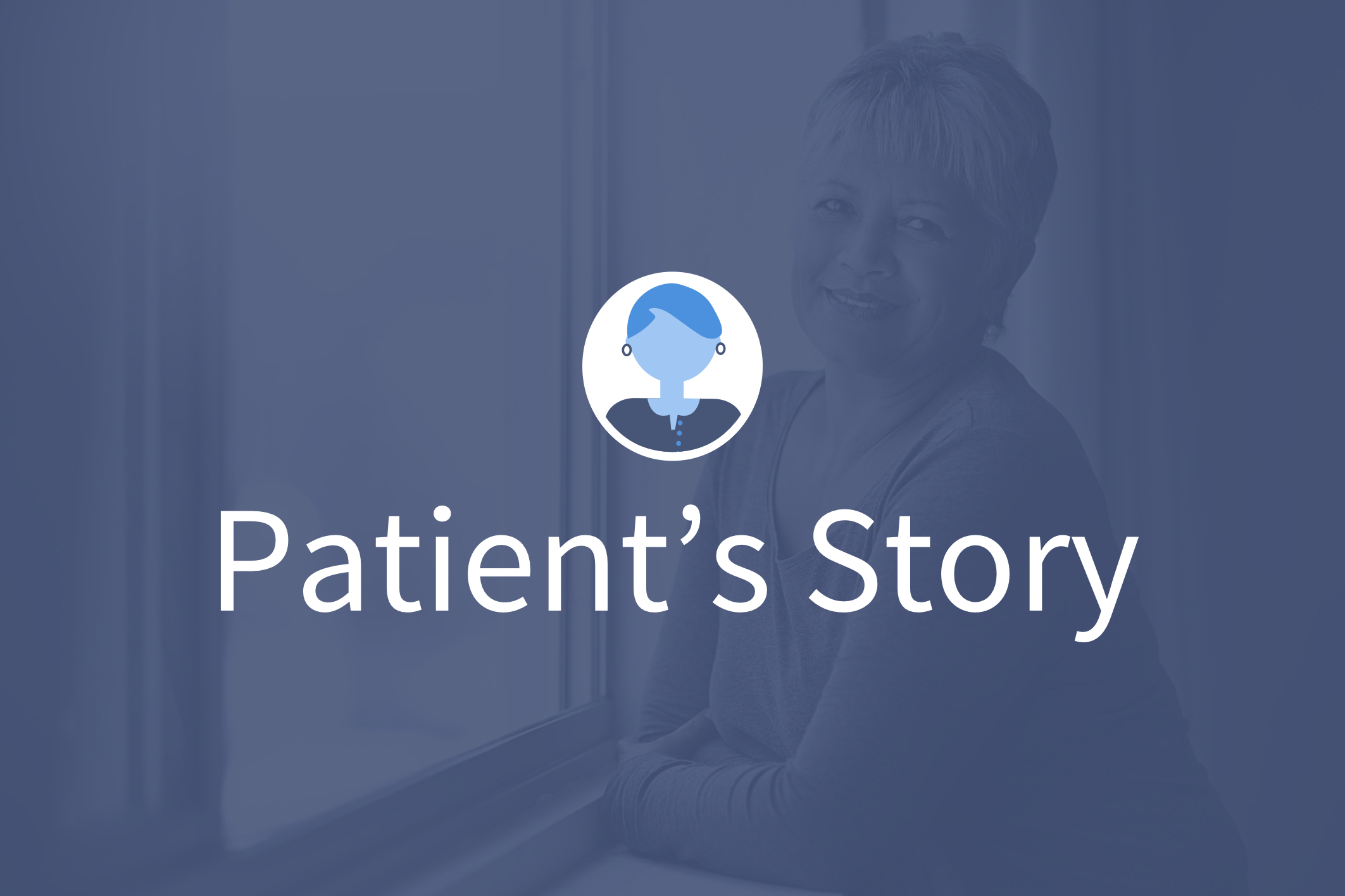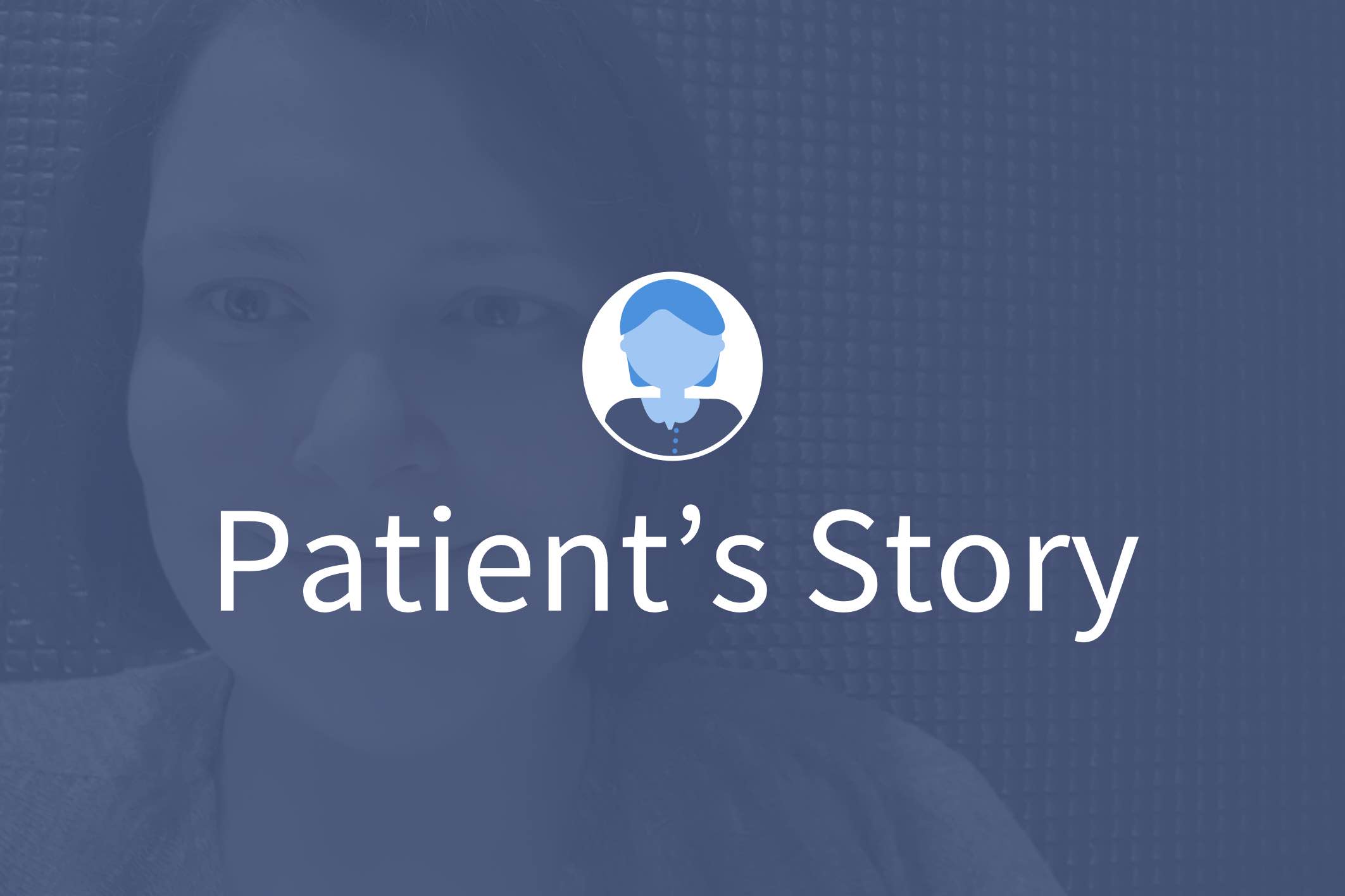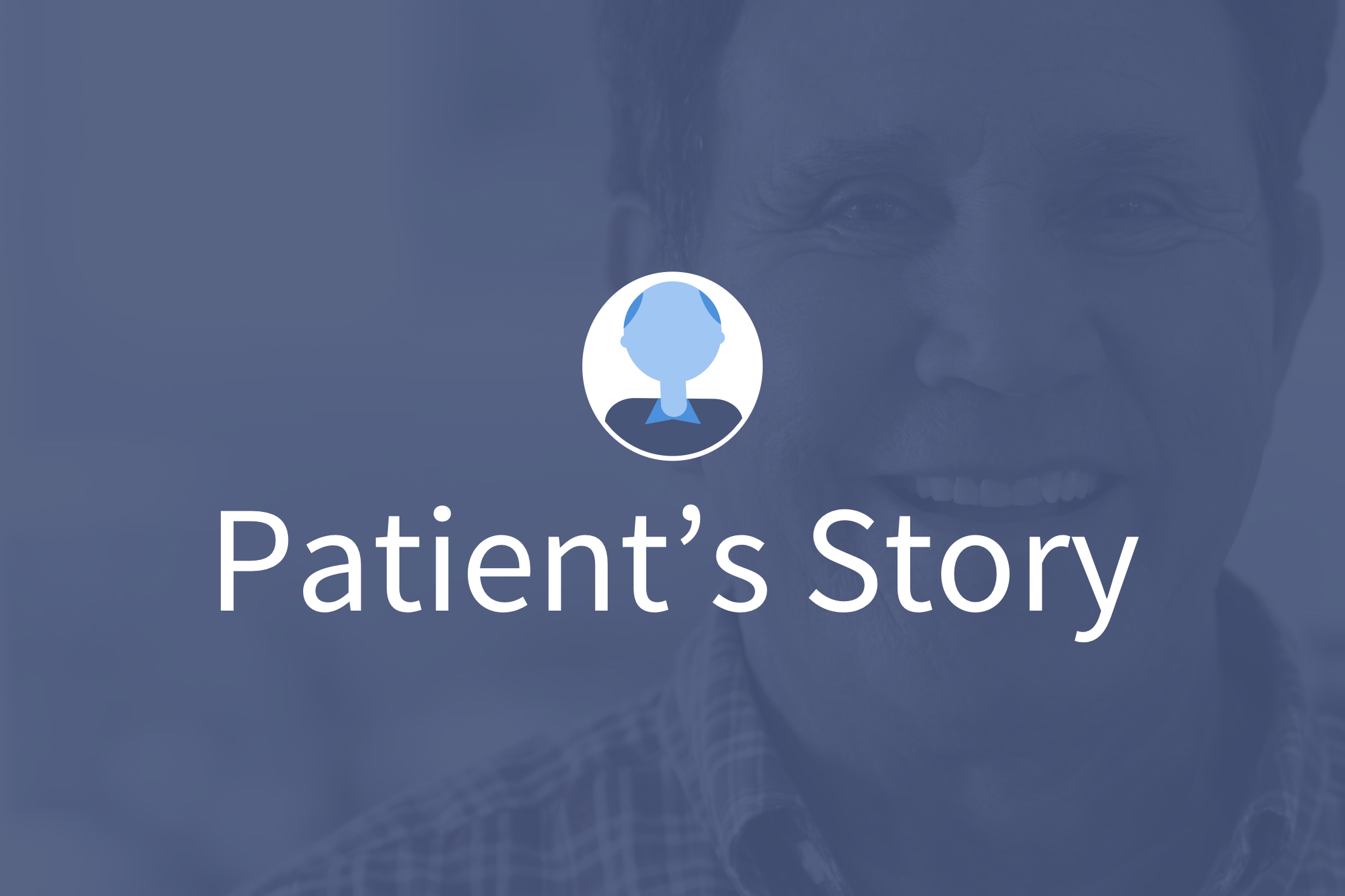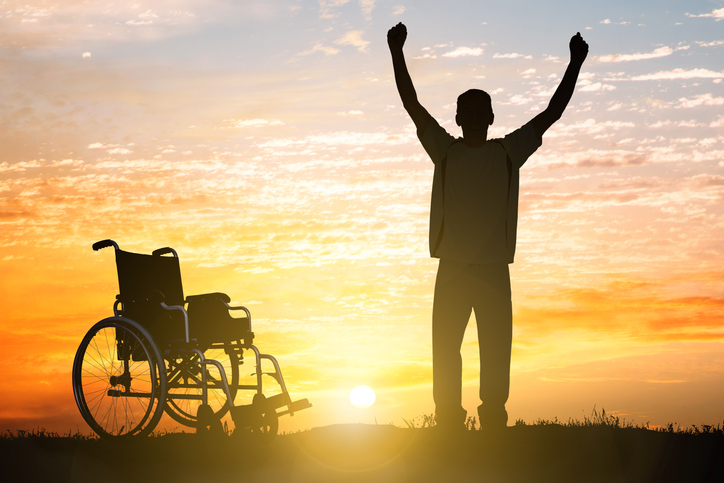Patient & Physican Feedback
My Chronic Pain Story — Ben S.
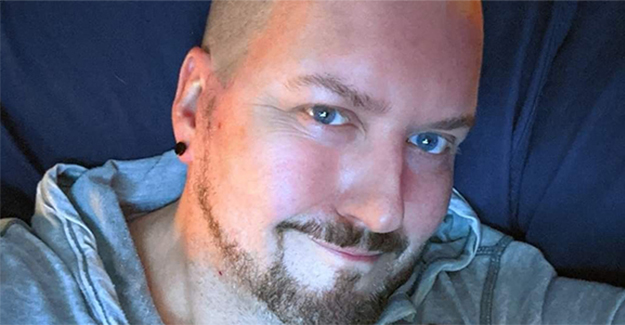
Hi, my name is Ben S. I am in my 50s, live alone, and have severe adhesive arachnoiditis (AA).
I had a S1/L5 spinal fusion in 2009. By 2019, my treatment routine of cortisone shots and meds was no longer managing my pain. I bit the bullet and got an orthopedic consultation, fully expecting additional back surgery. Instead, I was diagnosed with severe AA.
Adhesive arachnoiditis is a progressive and painful neurological condition. It is a rare disorder and ranks at the top of the list of “worst pain conditions” along with metastatic bone cancer. There is no cure for AA.
I was about to accept a great job as an international consulting project manager for IT in mergers and acquisitions when I received the diagnosis, so I immediately had to make some hard choices. I had been between consulting gigs for 9 months and had to decide between taking the job (and paying out-of-pocket for comprehensive medical coverage with a major preexisting condition) or applying for disability. I decided to choose my health over money, as I wanted to secure lifetime healthcare for my disability.
Within a week, I evaluated if I could exist on disability and decided I could if life became very simple. I applied and was approved 10 weeks later (automatic “yes” because of my diagnosis). Unfortunately, because I am under age 62, I didn’t qualify for Medicare/Medicaid for a full 2 years after being designated permanently disabled! This was something I did not expect.
After 6 months of research to find an insurance solution, I was accepted into a Medicaid grant program, which is designed to help people with disabilities stay in their homes. The program provides Medicaid insurance as well as financial assistance to help pay for in-home support to help with things that are difficult for me to do.
During those 6 months, I completely rethought my home. My project management experience worked to my benefit. Home maintenance that would eventually pose a problem (i.e., hard to reach, hard to clean, required extra steps, etc.), which I thought I would get to when I had time, became imperative to address.
Cupboards and closets were arranged for accessibility. The den was configured with a movable desk and a zero-gravity massage chair to allow me to sit at a computer for long periods. My home got SMART with voice-controlled lights, TVs, security cameras, and a video doorbell; this was a great help.
I designed and configured an adjustable bed with easy access storage for medical equipment, electrical outlets, and a mini fridge for those days when I’m basically trapped there, all concealed to make it less of a “sick bed.”
After organizing my home, it was time to take my insurance out for a “road test” and get the medical help I needed. This has been a challenge.
Finding physicians to treat a rare health condition has been extremely frustrating. Most health care professionals are not familiar with AA or how to treat it, so I don’t have an arachnoiditis specialist. I work with a neurologist, pain specialist, psychiatrist, podiatrist, endocrinologist, physical therapist, chiropractor, and masseuse to develop the best combination of therapies to achieve my best days as often as possible. I try to follow a complicated protocol recommended by a leading physician in this field. However, I can’t get my physicians to support or prescribe some of the medications I should be taking.
My neurologist has been the most helpful. I made a pact with him. I would do the research on my condition and if I found medications or therapies that have helped others or are recommended by specialists, he would prescribe them for me to test for four weeks to see if they help (as long as they would do me no harm).
This is where the PainScale app has been invaluable! I log everything daily in the PainScale app: medications, physical activities, steps walked, pain levels, pain locations, mood, and even weather. The app allows me to track all my symptoms and helps me spot triggers and evaluate medications, supplements and therapies. This has proven not only effective for testing purposes but also for dealing with pain specialists.
Health care professionals are less “suspicious” when I provide a detailed record of my condition in conjunction with their prescriptions for controlled medication. I print out the PainScale tracking reports for the period between my appointments with my physicians and request it be added to my file. The information clearly presents my current condition to my physicians and supports any requests I have for changes in medication, dosages or therapies.
Even with this documentation, I have been fired by two pain specialists and my primary care doctor (who stepped in during Covid lockdown to prescribe my pain meds). My former doctors can’t seem to understand that this is lifetime palliative care for me. This is the most frustrating part of this.
All this sounds devastating (or familiar), but I try not to feel that way. I concentrate on making life work with this, and it is working. I have chosen not to make my condition known to my general acquaintances. My closest friends and family know, but I am not defined by my AA and keep it on a need-to-know basis. Most people who run into me wouldn’t know anything is wrong with me. If things are bad, I’m home in bed!
I don’t feel sorry for myself and am generally happy and content much of the time. I continue to “thread the needle” and laugh at myself; for example, I have adjusted to consistently dropping things, stretching in public to relieve some pain (while making it look like normal movements), and many other things. I have even learned to ask for help occasionally!
My mother had MS, and her motto was “simplify, simplify, simplify.” Now, it’s my motto as well.
There are upsides to forced retirement at my age. It is a true blessing to choose the people with whom I interact, instead of being forced to interact with potentially difficult colleagues. I am a voracious reader, and I recently adopted a dog, Teddy, which has been great! I’m holding my own and taking things one day at a time.
